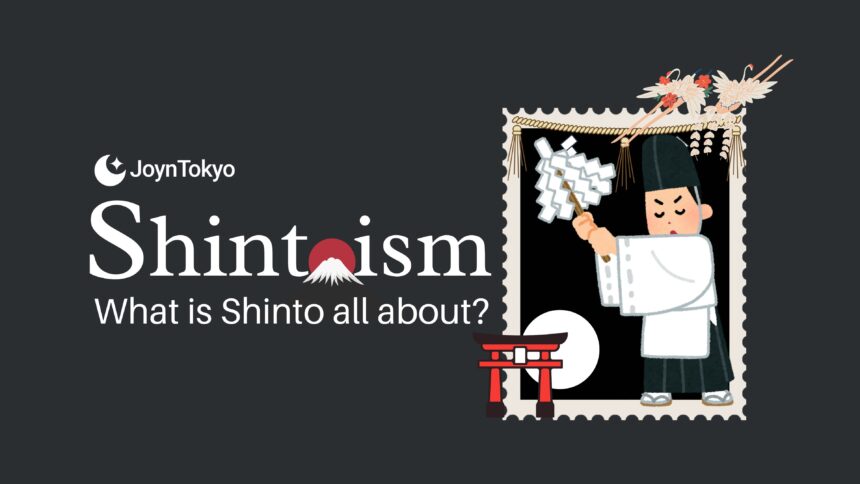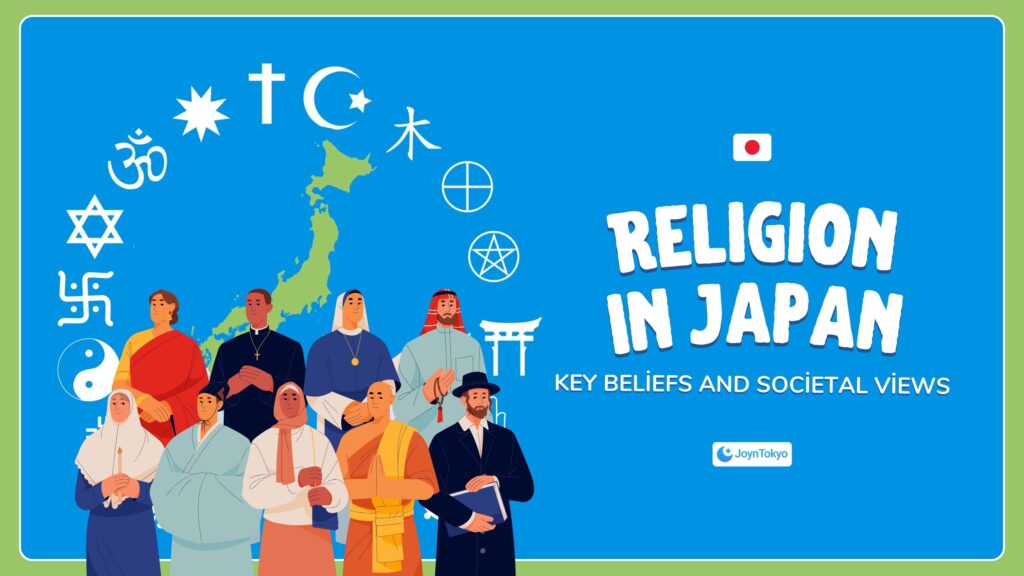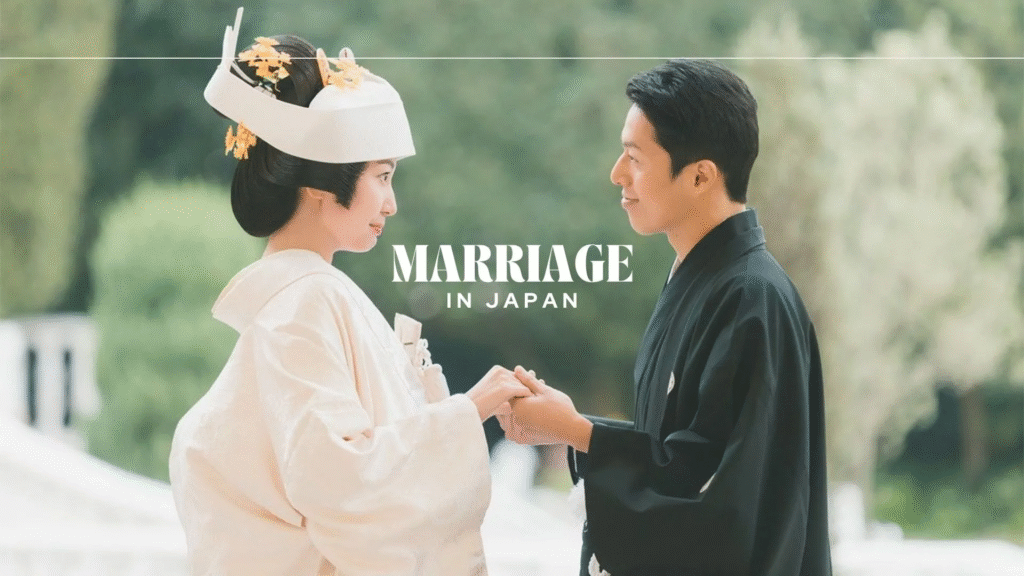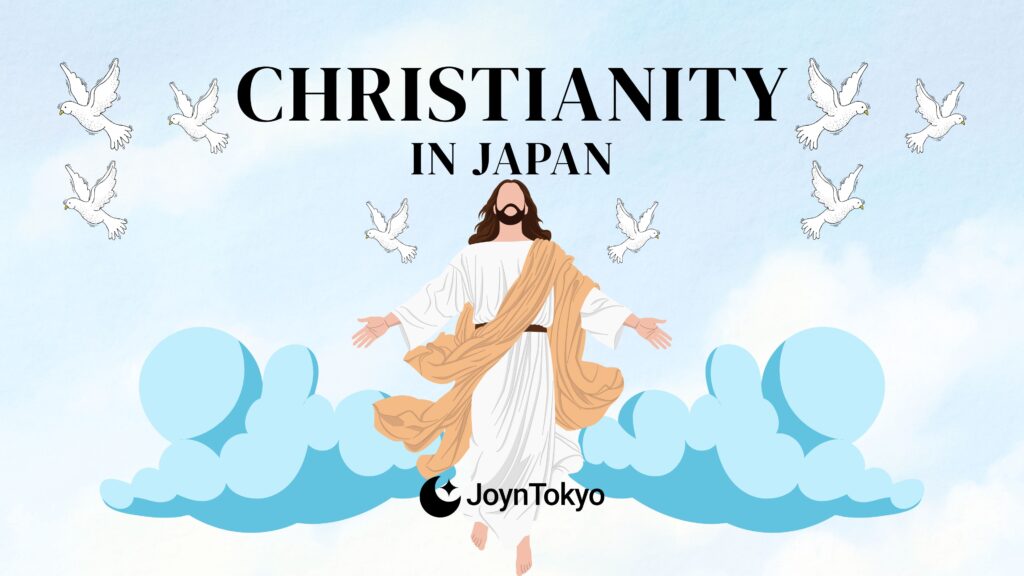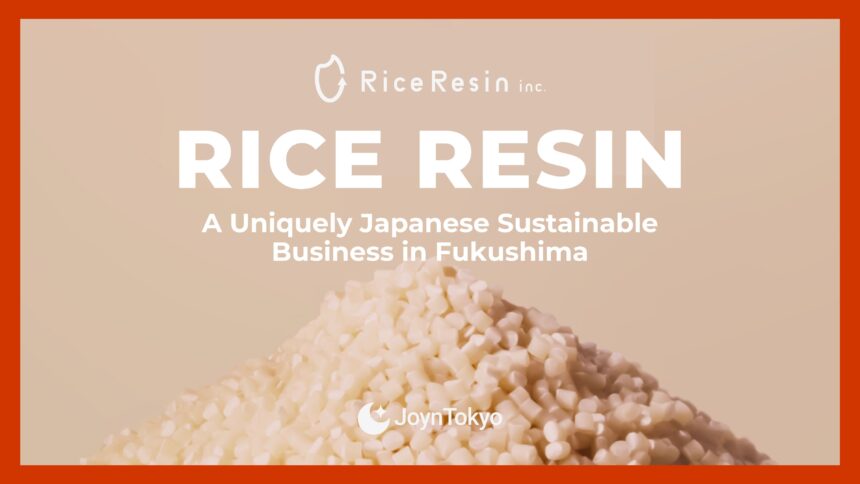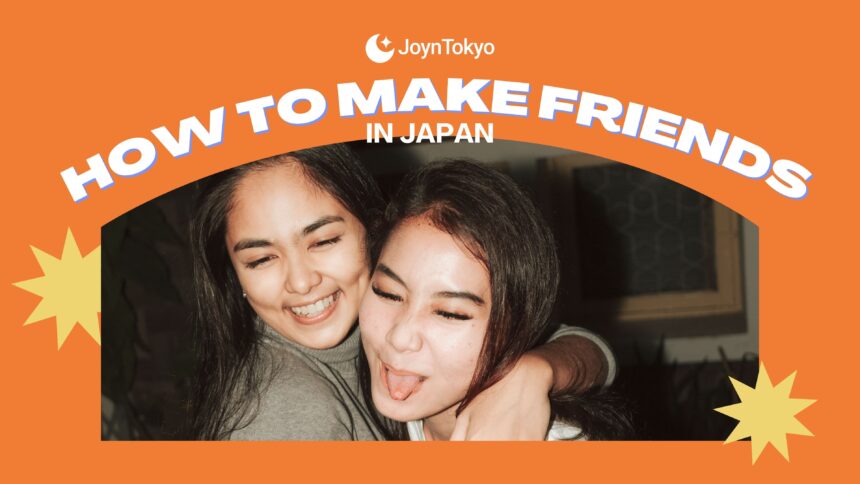Japan, as with many modern democracies, is home to people of many faiths. However, the most popular, and the most well-known native Japanese religion, is Shinto. Japan’s state religion until the end of the Second World War, it has left an indelible mark on the hearts, minds, and landscape of Japan. But what is Shintoism? Who practices it? What do they believe? What are kami in Shintoism? This guide will take you through the basics of this religion, and what it means to Japanese people.
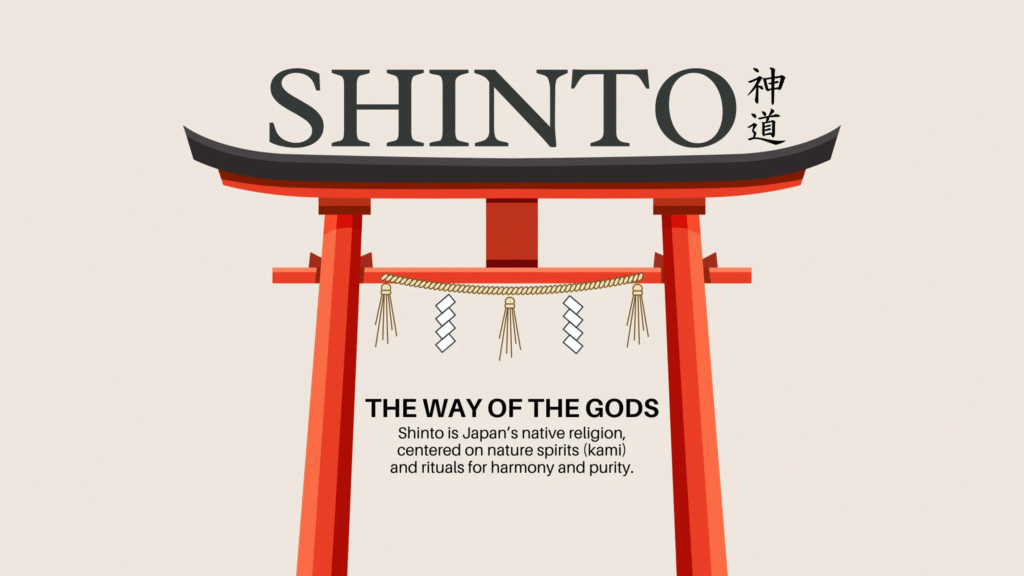
Core Beliefs
Shinto, like any other religion, can mean many things to many people, so nailing down a precise, unchanging definition can be tricky. However, one thing that all Shintoists can agree on is that, at its core, Shintoism is a belief in Kami, which are explained in more detail below. Shinto itself is written 神道, which means “way of the Kami.”
Many do not think of Shinto as a religion in the sense that we would consider Christianity to be a religion in the West: there is no founder, and there is no codified head of the faith (although the Emperor is sometimes considered the de facto leader of Shinto). Due to its emphasis on both tradition, rituals, and practicality, it can be considered as much a way of living, like Confucianism, as it can a religion.
What is Kami in Shintoism?
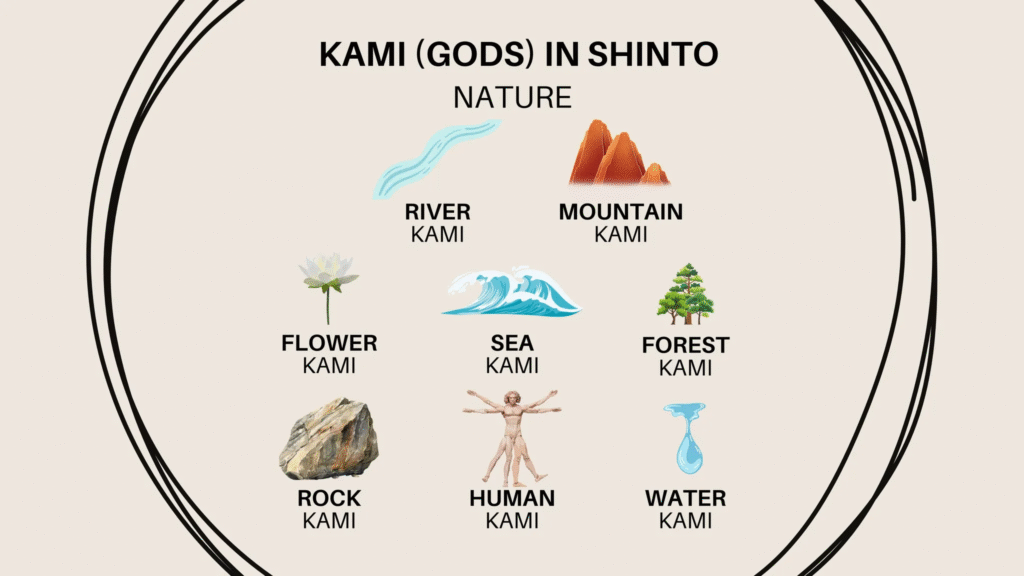
Kami, often translated as “God,” could perhaps be more accurately thought of as spirits. Shinto is a polytheistic religion, and there are countless Kami: the expression Yaoyoru no Kami (八百万の神) means “Eight Million Kami,” and is intended to express how it is impossible to list all of them.
Kami are often associated with nature, or sometimes with families or clans. While Kami, like humans, have complex personalities and can waver between taking good or evil actions, depending on their mood, Kami are generally considered to be exemplary beings, whose actions and thoughts humans should aspire to emulate. It is even possible, on rare occasions, for those who have acted according to Shinto in a devout manner to become Kami when they pass.
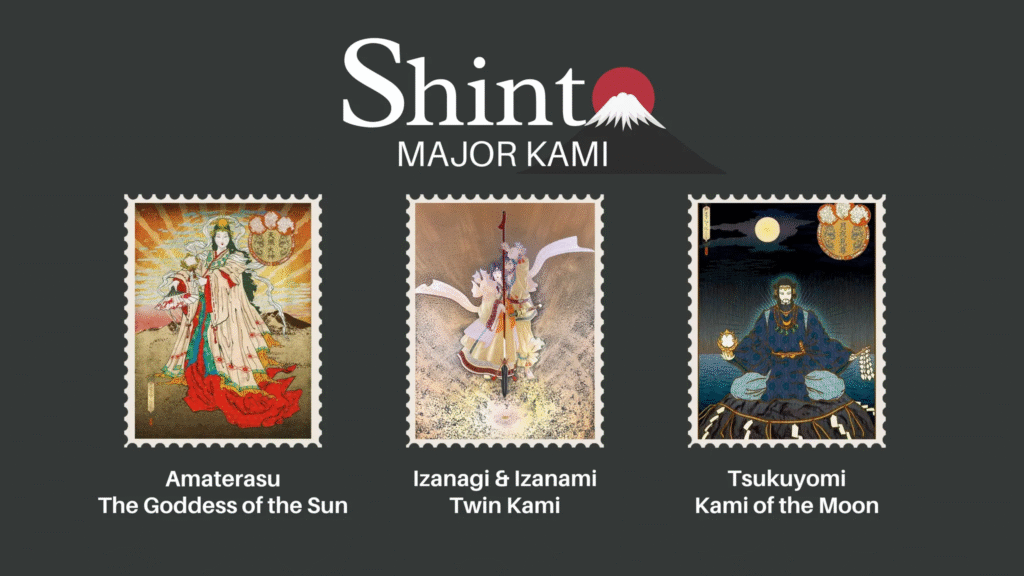
While Kami are innumerable, there are some major Kami in Shinto that everyone will know. These include Amaterasu, the Goddess of the Sun and, according to legend, the ultimate ancestor of the Imperial Family. Izanagi and Izanami are twin Kami, and could be considered somewhat akin to Adam and Eve as the first man and woman. They birthed many of the other Kami, as well as created the islands of Japan. Tsukuyomi, Kami of the Moon, is Amaterasu’s brother, while Susanoo is the Kami of the sea and storms, and is considered to have a tempestuous attitude.
Purity and Harmony
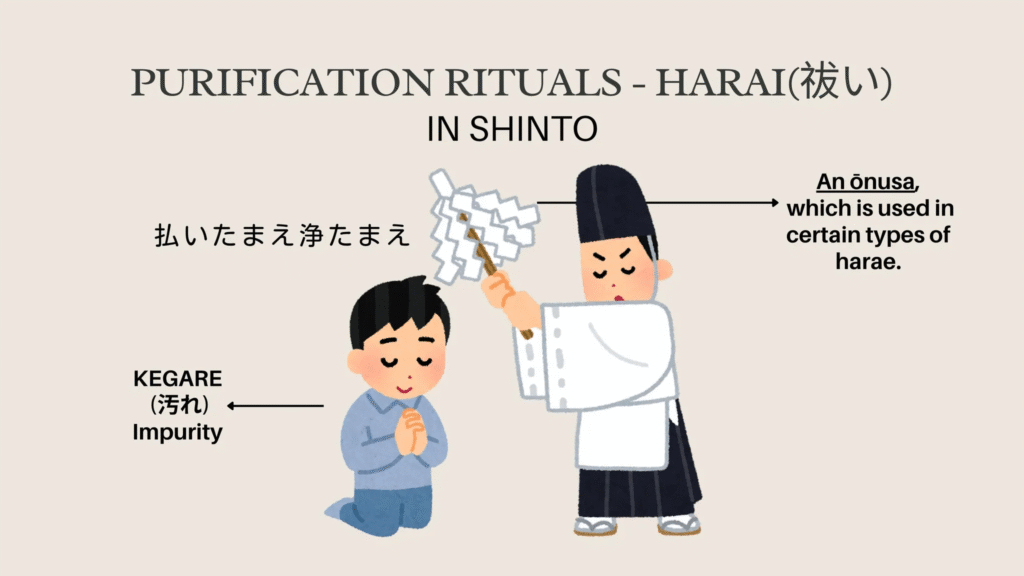
Unlike some religions, which believe that humans are inherently sinful or evil, Shinto instead believes that humans are fundamentally good, but can be influenced into doing evil through kegare (汚れ), or impurity. Fortunately, this is seen as a temporary state of being, and can be cured through purification rituals, or harai (祓い), as sickness is cured with medicine.
Impurity can be brought on by contact with disease, death, or childbirth. It is not considered immoral to be under the influence of kegare, but it can cause misfortune to yourself and those around you. Harai can be performed by Shinto priests, using large paper shakers on sticks. Salt is also an important cleansing material in Shinto, and can most regularly be seen before sumo matches, when the wrestlers will throw salt across the ring to purify it before a bout.
Kami in Daily Life

Today, Kami are most often thought of when visiting a shrine. Each shrine in Japan is said to house at least one Kami, each of which belongs to a different type of Kami. Some will offer protection against sickness, others success in business, others fortune in love. Often, if a shrine develops a strong reputation for its Kami, and the blessings it bestows, that shrine could have decorations that relate to it.
The only time that Kami are absent from their shrines is in October, known in traditional Japanese as 神奈月, or “the month without Kami.” It is said that they congregate at Izumo Shrine, for their annual gathering to discuss matters of the divine.
Sacred Spaces and Symbols
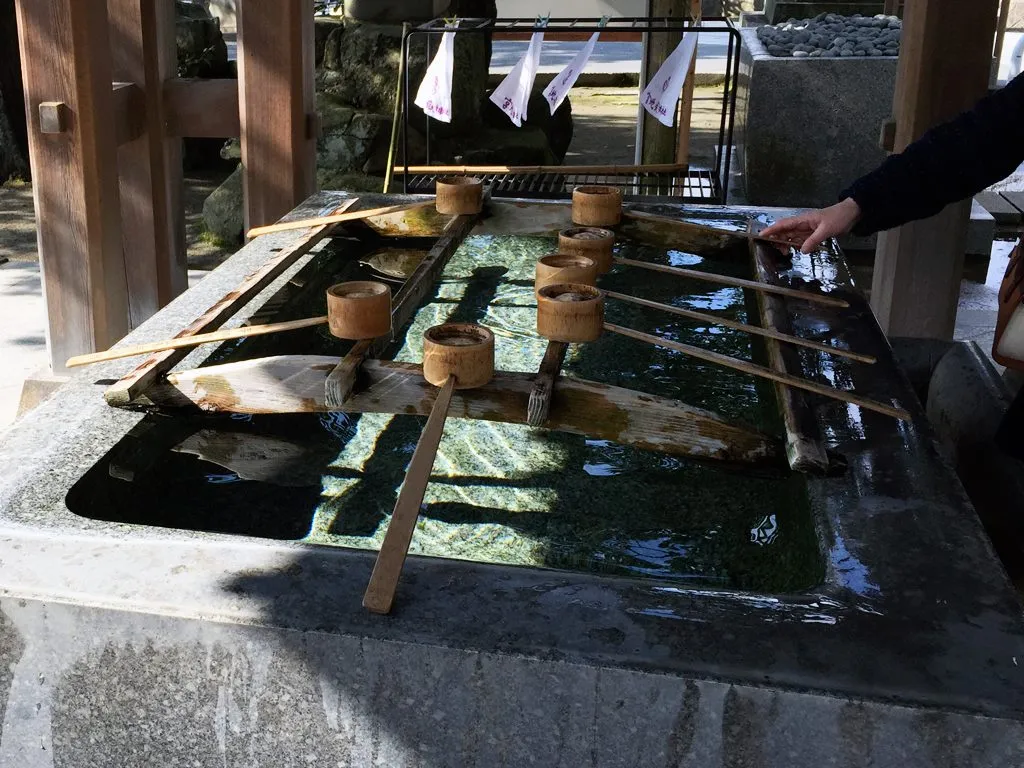
All shrines are sacred, and you will often see people bowing even at the entrance to a shrine as they pass, as a mark of respect. Shrines of medium size or greater will have chozu-ya, also known as temizuya (手水舎) water fonts on their grounds, that you use to wash your hands and mouth to purify yourself before approaching the shrine proper.
Of the shrines, Issei Shrine is considered the most important, as it is dedicated to Amaterasu. It is a shrine which is both new and old: for centuries, it has had two sites, one of which hosts a shrine for twenty years, the other spends much of the two decades fallow. After the twenty years are over, the fallow site has a new shrine built on it, and the shrine at the first site is burned.
In Tokyo, the largest and most famous shrine is Meiji Shrine. It is said to hold the Kami of Emperor Meiji and Empress Shoken, two figures instrumental in the modernization of Japan in the second half of the 19th Century. A large, quiet, green area in the middle of the bustling city, when you approach the shrine you’ll see offerings of sake from all over the country, and even wine from France.
Among the most recognisable symbols are the torii gates, found at the entrances of shrines. They mark the boundary between the home of the shrine Kami and the outside world. Shimenawa are another symbol, being sacred ropes, often adorned with white paper, folded into a pattern, which are used to ward off evil. It is these ropes that mark the boundary of a sumo ring, as well.
What Country Is Shintoism Found In?

As the native religion of Japan, it is here that you will find most Shinto practitioners. Even many Japanese people who say they have no religion will practice Shinto rituals, much as atheists in the West may celebrate Christmas or the Jewish High Holidays, as a part of their culture.
As such, Shinto is very much a niche belief overseas, and tends to be most focused in countries with a significant Japanese diaspora. These include Brazil, the USA (especially Hawaii) and parts of Asia such as South Korea and Taiwan, which had shrines established while they were under Japanese occupation.
What is Shintoism in Japan today?
Today, Shintoism is Japan’s most followed belief, though “fundamentalist” Shintoists are rare, and it plays a role mainly in traditions and ceremonies, in much the same way as formerly strong religions do in now mainly secular countries.
What are Shintoism beliefs?
Shinto is, at its root, a belief in Kami, spirits that inhabit the world around us, influencing things invisibly. Though there is no formal head of the religion, the Emperor is considered the direct descendent of the Sun Goddess Amaterasu. It believes that humans are good at their core, but can become evil or commit evil acts through impurity.
Can non-Japanese practice Shinto?
Yes. While some of the beliefs may initially prove difficult to grasp, especially by people who grew up in monotheistic cultures, Shinto has no restrictions on nationality, race, gender, or any other status.
What are the holy books in Shintoism?
Shinto does not have any sacred texts that could be considered the equivalent of the Bible, Torah, or Koran. However, much of Shinto’s fundamentals and orthodoxy were explained in the Kojiki (古事記; Records of Ancient Matters), written in the 7th Century, and the Nihon Shoki (日本書紀, Chronicles of Japan), completed in the 8th Century.

